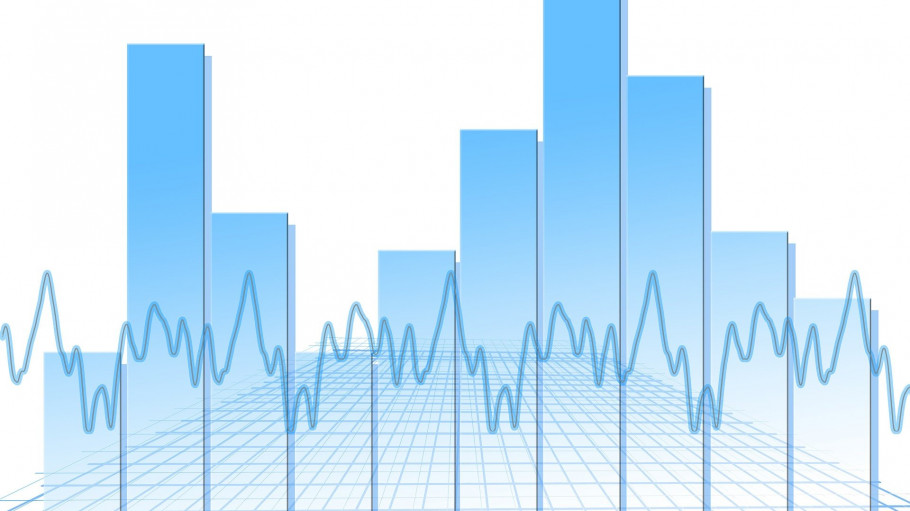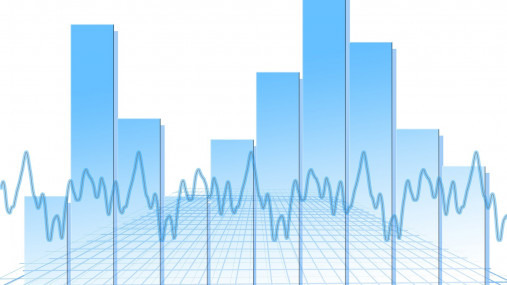
Press releases » Gloomier outlook consolidates for 2022 as uncertainty continues to drag on growth
Gloomier outlook consolidates for 2022 as uncertainty continues to drag on growth
Downloads and links
Recent updates

Brussels, 24 August 2022 – The performance of the first quarter of 2022 confirms a marked slowdown in the positive trend observed in 2021, reinforcing bleaker prospects for the rest of the year. Apparent steel consumption is expected to experience its third recession in just four years (-1.7%), while the evolution of steel demand remains subject to high uncertainty fuelled by the ongoing energy crisis, inflation, supply chain disruptions and Russia’s war in Ukraine. Import penetration has remained considerably high.
“A gloomier outlook for the steel market for the rest of 2022 is consolidating and will most likely have spill over effects also on 2023”, said Axel Eggert, Director General of the European Steel Association (EUROFER). “We have been facing skyrocketing energy prices and bottlenecks in supply chains for almost a year now, and the dire consequences of Russia’s invasion of Ukraine for half a year. Yet, there is no sign that uncertainty will ease any time soon, while steel imports in the EU are still significant: this is detrimental for a healthy EU steel industry”, he added.
Despite substantial growth in apparent steel consumption in 2021 (+15,2%) and, although milder, in the first quarter of 2022 (+6.5%) for a total of 37.1 million tonnes, this volume is still below the pre-pandemic peak of 2018. A declining trend is expected for the rest of 2022, resulting in a moderate recession and in a further halving of steel-using sectors’ output growth (+1.1%).
Domestic deliveries had a nearly flat growth in the first quarter of 2022 (+0.2%, after +1.2% in the fourth quarter of 2021), mirroring the sluggish demand seen since the second half of 2021. By contrast, in 2021 deliveries sharply rebounded (+11.3%), after 2020’s slump (-9.6%).
Imports into the EU continued their significant increase (+28.8%) also over the first quarter of 2022, though at a slower pace compared to the fourth and third quarter of 2021 (+43.4% and +47.7% respectively). Despite a limited rise (+0.4%) in the second quarter, import penetration over the last quarters has remained considerably high.
A more nuanced picture emerges for steel-using sectors in the first quarter of 2022. The overall output figure is markedly positive (+4.9%) and even better than the previous quarter’s performance (+2.6%), scoring the fifth consecutive year-on-year growth. But a closer look at individual sectors shows an uneven reality: the favourable conditions experienced by construction, mechanical engineering and transport were able to offset the negative results of automotive and domestic appliances, which were hit first by the current global challenges.
However, the unfavourable conditions stemming from Russia’s ongoing war in Ukraine, with worsening supply chain issues, energy crisis and high production costs, are expected to negatively impact in the next quarters also on those sectors which were spared so far. This is why the steel-using sectors’ output for 2022 has been revised downwards by half compared to EUROFER’s previous forecasts (+1.1% vs 2%).
Contact
Lucia Sali, Spokesperson and Head of Communications, +32 2 738 79 35, (l.sali@eurofer.eu)
About the European Steel Association (EUROFER)
EUROFER AISBL is located in Brussels and was founded in 1976. It represents the entirety of steel production in the European Union. EUROFER members are steel companies and national steel federations throughout the EU. The major steel companies and national steel federation of Turkey and the United Kingdom are associate members.
The European Steel Association is recorded in the EU transparency register: 93038071152-83.
About the European steel industry
The European steel industry is a world leader in innovation and environmental sustainability. It has a turnover of around €125 billion and directly employs around 310,000 highly-skilled people, producing on average 153 million tonnes of steel per year. More than 500 steel production sites across 22 EU Member States provide direct and indirect employment to millions more European citizens. Closely integrated with Europe’s manufacturing and construction industries, steel is the backbone for development, growth and employment in Europe.
Steel is the most versatile industrial material in the world. The thousands of different grades and types of steel developed by the industry make the modern world possible. Steel is 100% recyclable and therefore is a fundamental part of the circular economy. As a basic engineering material, steel is also an essential factor in the development and deployment of innovative, CO2-mitigating technologies, improving resource efficiency and fostering sustainable development in Europe.

Download files or visit links related to this content
Brussels, 22 March 2024 – The future of a strong and resilient EU can only be forged with steel made in Europe. Europe-made low-carbon steel has a strategic role as it enables a net-zero economy, but today it faces strong headwinds from high energy prices, unfair competition, global overcapacity and growing unilateral carbon costs. The year 2023 has recorded the lowest European crude steel production levels ever, with a number of idled plants and dire impact on workers. Ensuring the enabling conditions for the short-term viability and the decarbonisation of the steel sector urgently needs to be at the top of the EU agenda. This is the message delivered by the European Steel Association together with a number of high-level representatives of the sector on the occasion of the Clean Transition Dialogue on Steel in the presence of the Executive Vice Presidents of the European Commission, Maroš Šefčovič and Margrethe Vestager.
Uses, limits, and realistic potentials of demand-side response from the European steel industry along with a broad set of framework recommendations for an EU policy
Antwerp, 20 February 2024 – Today 73 industry leaders spanning almost 20 industrial sectors presented ‘The Antwerp Declaration for a European Industrial Deal’ to Belgian Prime Minister, Alexander De Croo and Commission President, Ursula von der Leyen. The declaration underlines the commitment of industry to Europe and its transformation and outlines urgent industry needs to make Europe competitive, resilient, and sustainable in the face of dire economic conditions.